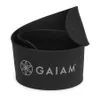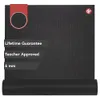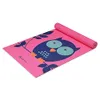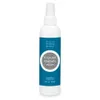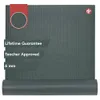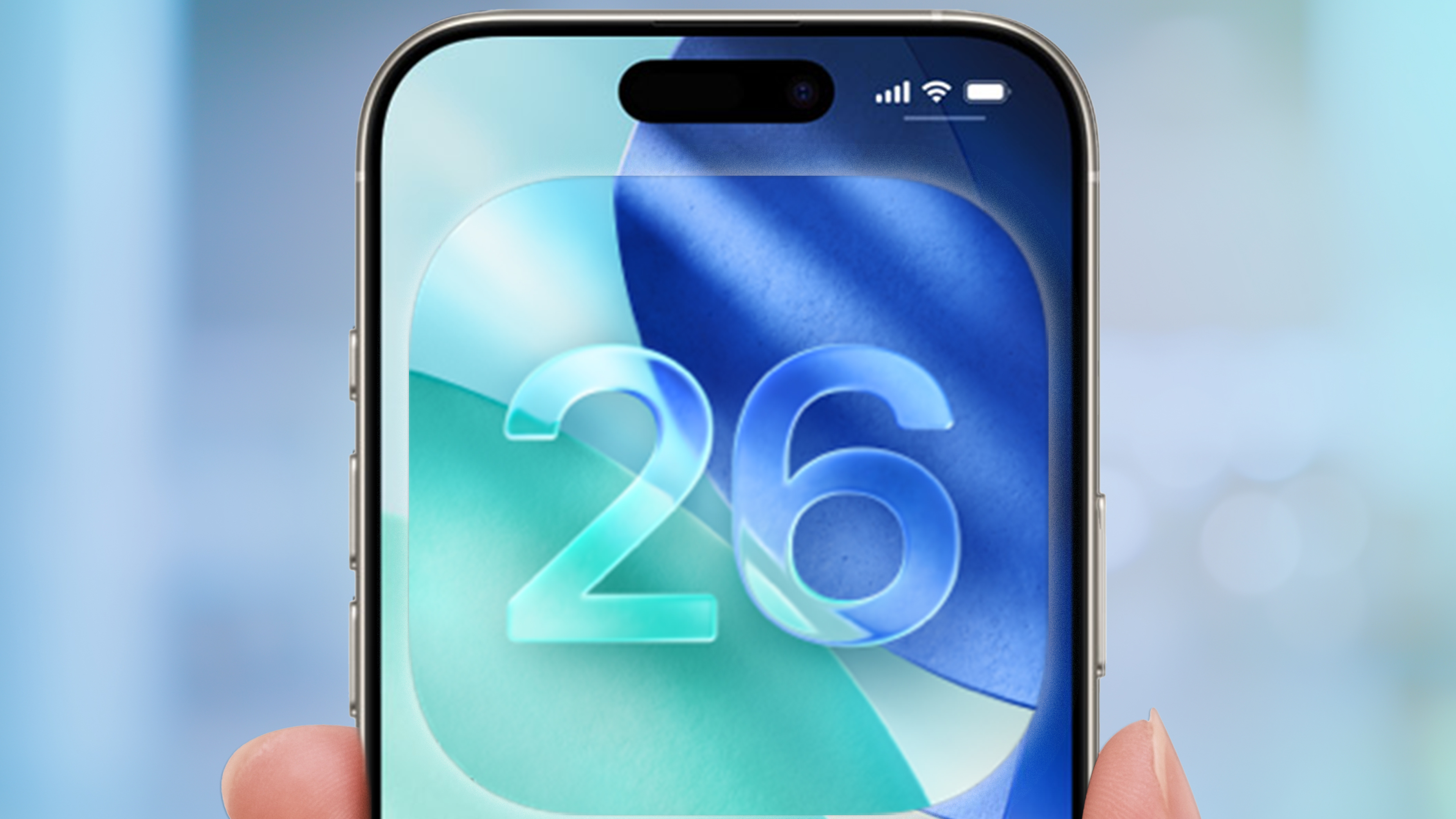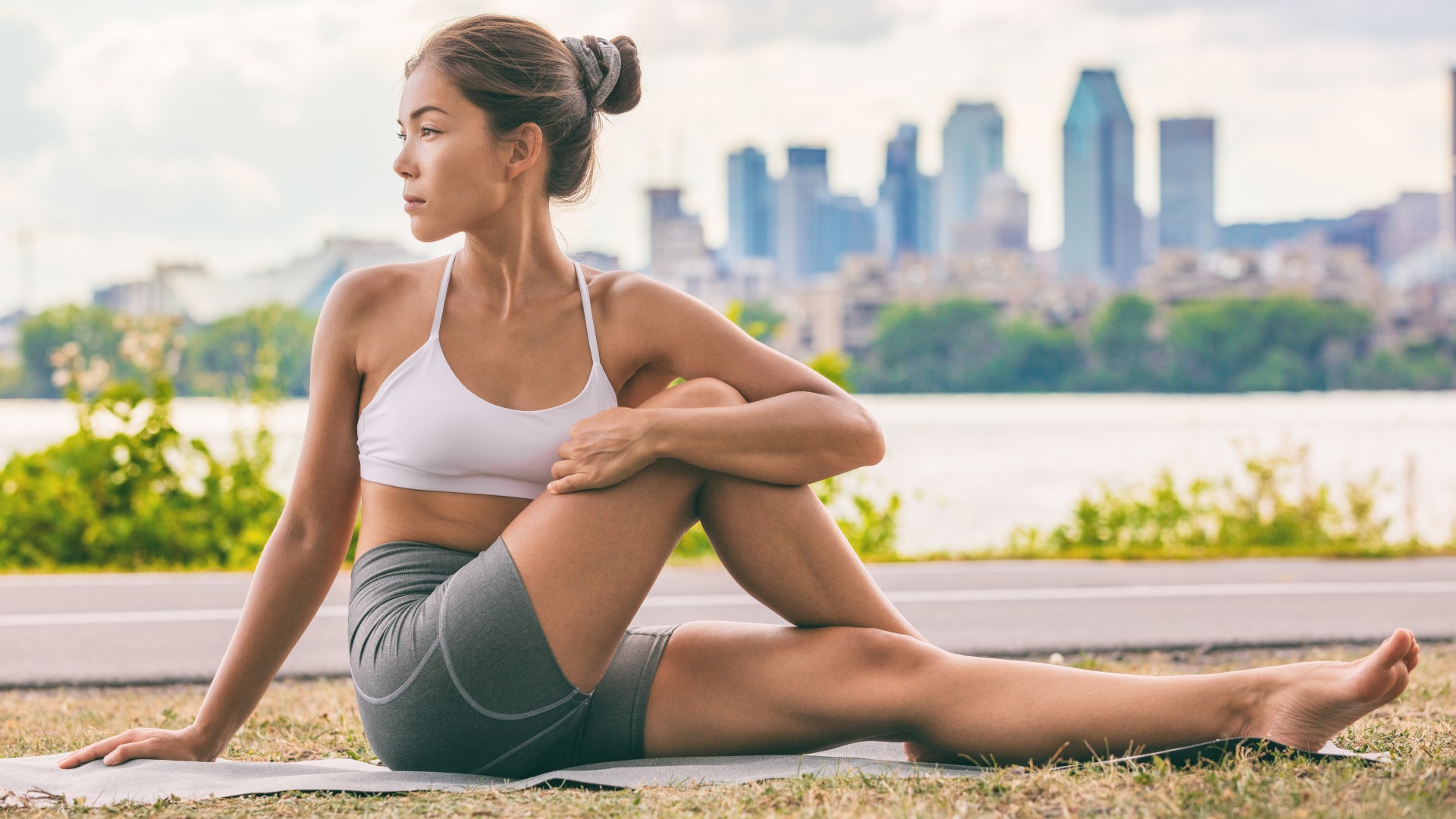
Develop healthier hips and strengthen the muscles and joints in the lower body with this three-move stretching and mobility routine.
You can spend as long or as little as you like on the exercises, but we recommend at least 20 to 30 seconds on each side per exercise to get the most out of them. Added to a regular routine, these lower body exercises could increase flexibility and range of motion and help build relative strength and resilience.
Roll out one of the best yoga mats and read on for the three bodyweight exercises, including how to do them, the benefits, and tips for scaling to your ability.
I also include guidelines on sets and reps where necessary. If you experience sharp pain or discomfort, stop immediately and consult your physician, especially if you’re new to exercise, are pre or post-natal, or have a current injury.
What is the 3-move mobility and stretching routine?
Here’s a three-move stretching and mobility routine I swear by for building lower body flexibility and healthier hips.
Cossack squat: 3-4 sets x 6-12 reps per side
One of the most challenging bodyweight exercises out there, the Cossack squat combines calisthenics with stretching and mobility work. You can hold the squat to focus on the stretch or move from side to side to build mobility, strength and power in the ankles, knees, hips and lower-body muscles.
The move targets the quads, gluteus medius, hamstrings, adductors, lower back and core muscles and offers deep hip opening benefits.
Get instant access to breaking news, the hottest reviews, great deals and helpful tips.
How:
- Stand with your legs wide and toes forward
- Engage your core, extend your arms in front of you, or bring your hands to your hips
- Bend your left knee, send your weight to the left, then lower into a side squat while fully straightening your right leg
- Lift your right toes and externally rotate the hip
- Keep your chest lifted, back flat and left heel planted and lower as far as you can, sitting your weight into your bum and heel
- Hold the stretch, then push through your left heel to stand and move to your right side.
If you prefer, hold the stretch and focus on 20 to 30 seconds at a time, repeating for several rounds.
Clamshell: 3-4 sets x 6-12 reps per side
I like to use activation bands (here are the best resistance bands for workouts) to increase the intensity during clamshells, but if you have tight hips, focus on using your body weight first.
The move is brilliant for opening your hips and working the gluteus medius muscles known as the outer glutes. Abduction is key, so focus on controlling the movement and going to the end range of motion with every rep. If you choose to use a band, secure it just above your knees to add resistance.
How:
- Lie on your right side with your feet, legs and hips stacked and your knees bent at 45 degrees
- Rest on your elbow and engage your core
- Press the inner sides of your feet together, then raise your upper knee as far as possible. Keep your body facing forward
- Pause, then lower your leg back to the start position. Complete your reps, then switch sides.
Adding a short pause at the top of each rep will help keep the tension in your gluteal muscles and slightly increase the length of your working sets.
3. Laying pigeon: 2-3 sets 30 seconds per side
Of all the pigeon variations out there, laying pigeon is the most accessible. The move helps stretch your glutes, groin and hips and has been recommended by physical therapists and doctors for those struggling with sciatica. By lying down, you can support your lower back on the ground and avoid putting additional stress on your knees.
Start by keeping one foot on the ground. If you lift your leg to deepen the stretch, don’t force your knee open and allow it open gently and gradually.
How:
- Lie on your back with your knees bent and feet pressing into the mat
- Slightly tuck your pelvis toward your spine to flatten your lower back to the floor
- Gently engage your stomach, then relax your shoulders and head to the ground
- Place your left foot over your right knee so that your ankle sits just off the knee
- Gently press your left knee away from you and hold the position, forming a figure-4 position with your legs
- To increase the intensity, gently draw your right knee toward your chest and lift the right leg away from the ground
- If you can, wrap your hands around the back of the right leg to hold the stretch
- Hold for at least 10 seconds, ideally longer, then release the stretch and switch legs.
Before switching sides, I recommend pressing your feet into the mat, re-bending your knees and gently swaying your knees from side to side to massage the lower back. Keep the shoulders pressed down and core engaged as you do this to avoid aggravating your back.
Mobility vs flexibility
Both words get bandied around a lot, but there’s a key difference between them. A stretching routine builds flexibility, whereas mobility exercises help increase your range of motion — how freely you and your joints can move.
According to Southside Physiotherapy, flexibility refers to muscle groups passively lengthening, like during a static stretch, and mobility refers to a joint moving actively through a range of motion and how much movement is available to that joint.
Both feed into each other — if you’re joints are restricted, you’ll find it harder to move deeply into a stretch to relieve tight muscles and find length. And if muscle groups are very tight, you may find it harder to move through a “good” range of motion, especially in your shoulders, back and hips.
For example, think about trying to touch your toes — tight hips and restricted lower back, glute and hamstring muscles will make this a difficult task. As Southside Physio says, “Motion is lotion,” as “movement will lubricate the joints.” I couldn’t agree more. Although I still recommend stretching post-workout to help release tight muscles, the effects are often temporary.
Mobility exercises, performed regularly and before exercise, combine movement and motor control to build strength and stability in your muscles. You’ll also find it easier to reach those deeper stretches without forcing yourself there as you'll have more space to move. Unlike stretching, the effects are longer term, but combined, you could build a stronger, more mobility and flexible body.
Although the bolder claims on the benefits of stretching are being called out as "misleading", some research does demonstrate that stretching can build flexibility, particularly assisted PNF stretching.
It's crucial to remember that you will most likely be uncomfortable while stretching tight and sore muscle groups, but there's a difference between being uncomfortable and noticing pain. If it's painful, reduce the intensity or stop and consult your physician or personal trainer.
More from Tom's Guide
- I teach weightlifting for a living — this compound exercise builds full-body strength with dumbbells
- Forget sit-ups — build core strength and improve your posture with this 10-minute abs workout
- I'm a personal trainer, this one-minute stretch opens your hips and builds lower body flexibility

Sam Hopes is a level 3 qualified trainer, a level 2 Reiki practitioner and fitness editor at Tom's Guide. She is also currently undertaking her Yoga For Athletes training course.
Sam has written for various fitness brands and websites over the years and has experience across brands at Future, such as Live Science, Fit&Well, Coach, and T3.
Having coached at fitness studios like F45 and Virgin Active and personal trained, Sam now primarily teaches outdoor bootcamps, bodyweight, calisthenics and kettlebells.
She also coaches mobility and flexibility classes several times a week and believes that true strength comes from a holistic approach to training your body.
Sam has completed two mixed doubles Hyrox competitions in London and the Netherlands and finished her first doubles attempt in 1:11.
